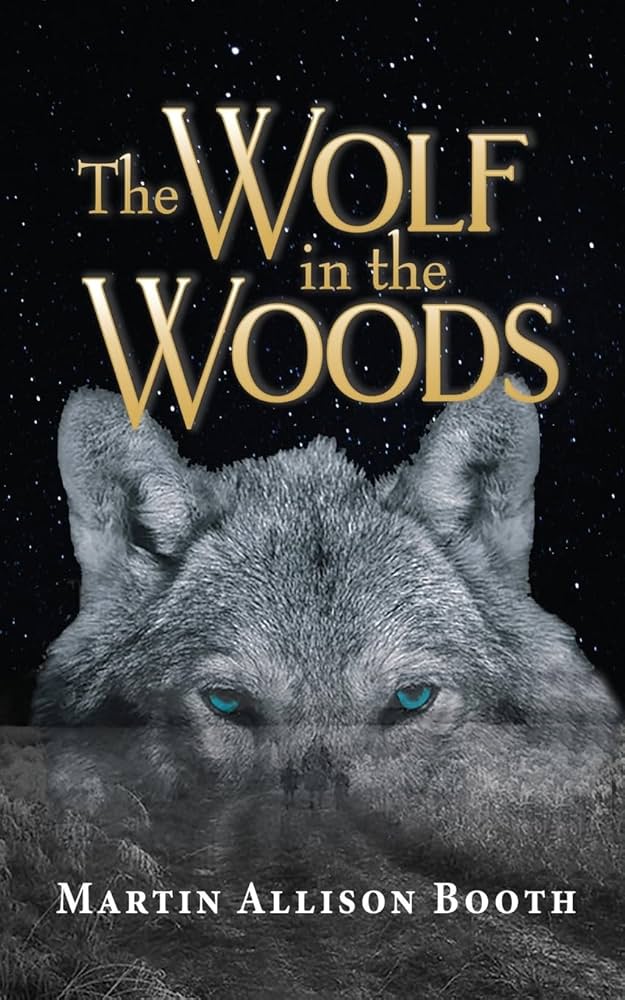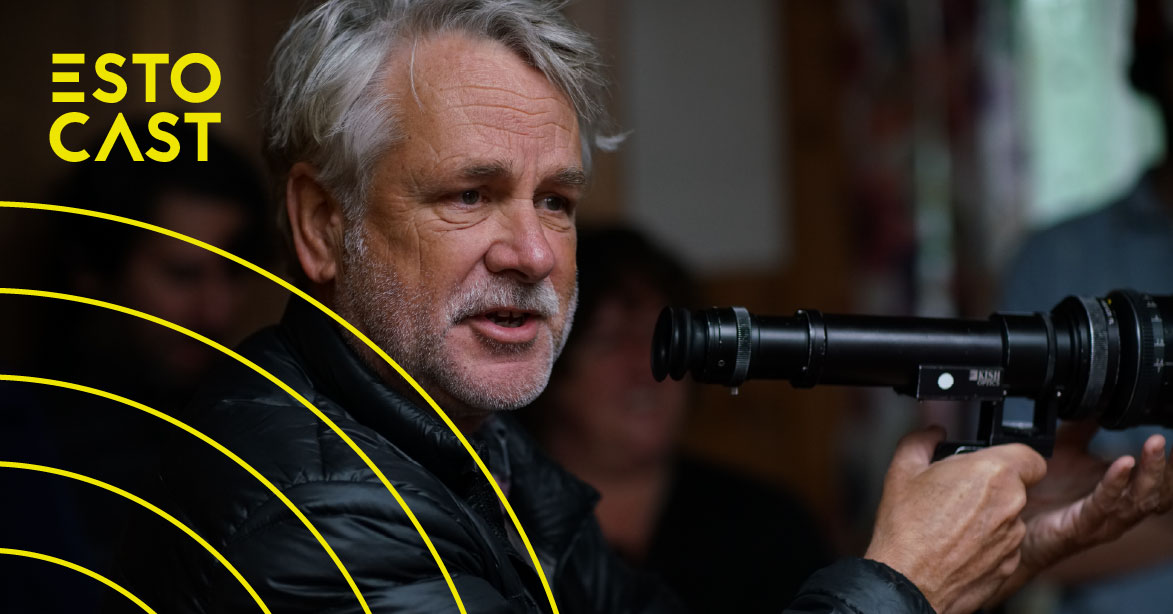We are still being presented with new points-of-view from the war, and one that has recently become available is Martin Allison Booth’s novel The Wolf in the Woods. This book tells the story of an Estonian family confronted by forces far beyond their control and the sacrifices that force them to grapple with loyalty and face their own consciences.

First published in Estonian by Eesti Raamat under the title Hunt Metsas, on September 1st, 2024, the novel was published in English by The Choir Press. This brings Booth’s historical narrative to a broader readership — a tribute to his own family as well as to countless Estonians whose lives were similarly uprooted by the ambitions of Nazi Germany and Soviet Russia.
The Wolf in the Woods is a wartime thriller, centred on Hendrik Kotkas, a lieutenant captain in the Estonian Navy, who is caught between the two brutal regimes who signed a pact with each other, that have their eyes on Estonia. As the Russian forces tighten their grip on Estonia in 1940, Kotkas embarks on a dangerous path. He becomes an intelligence officer for the German Abwehr, while working as a double agent for the British, who once trained him.
The novel is infused with tension from the outset. Kotkas’ family almost doesn’t make it out of Soviet-occupied Estonia. While Kotkas’ brother works for the Russians, Kotkas is on the opposite side, cooperating with Germany, with the hope of liberating Estonia outweighing his contempt for the Nazis. This puts the pieces in place for a high-stakes game of deception. Kotkas lies in order to work for his country, but also to keep his family safe. His wife and children, refugees in Königsberg, deal with their own trials, living in a foreign land where they are viewed with suspicion. Kotkas himself is followed by an undercover agent.
His descriptions of everyday life there, such as the surveillance by German authorities and the pervasive propaganda aimed at children, immerse us in the chilling setting of wartime Europe.
Another unexpected and intriguing aspect of the story is Booth’s portrayal of wartime life in Königsberg (present-day Kaliningrad, Russia), a place we don’t hear a lot about. His descriptions of everyday life there, such as the surveillance by German authorities and the pervasive propaganda aimed at children, immerse us in the chilling setting of wartime Europe. Kotkas’ children, Maret and Juhan, are swept into Nazi youth organizations and are taught the Nazi salute, for instance. These moments contribute to another theme of the story: the power of propaganda. Even through this, moral compromises are made.
Booth’s novel is a family saga. It’s based on his own family’s experiences and intertwines biography and historical fiction, portraying the impact of a global conflict on a nation that wanted to peacefully keep to itself before the bullies around them stepped in. The story’s events are based on family research, including records from the Estonian National Maritime Museum and interviews with those who lived through the war and occupations. His grandfather, Bruno Linneberg, who was a high-ranking Estonian naval officer, serves as the real-life inspiration for Kotkas. Exact details about his life can be found in the biography Pagide pillutada, which was written by two academics at the Maritime Museum. At the same time, other details, interactions, and personalities are fictionalized. As Booth puts it, “not every fact is now in a position to be substantiated.” In this way, the novel is dramatic in the way it engages with history. This may be Booth’s proclivities as a scriptwriter for the BBC and ITV coming through.
As the first book in a five-part series, The Wolf in the Woods is part of a larger project by Booth to explore Estonia’s 20th-century history. Future installments promise to follow the Estonian national story through the post-war years, including the challenges of Estonians finding new homes in exile, the struggle of restoring Estonia’s independence, and the Baltic Chain. Booth’s series further contributes to the historical fiction genre through readers’ exposure to a generally lesser-known chapter of European history.
Ultimately, The Wolf in the Woods is a novel about resilience through the sweeping tides of war. It’s about the choices people make when faced with impossible situations, and the lengths we will go to protect the ones we love. Booth’s personal connection to the material gives the novel an extra edge as we try to imagine the events happening in real life. And moreover, it’s a reminder of the enduring impact of history on our present.



